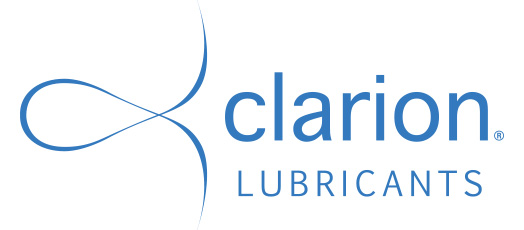


Like most industries, health and safety are priorities for food, beverage and drug manufacturers. To ensure health and safety standards are met and that no unsafe materials enter the food we eat, the food-processing and pharmaceutical industries must select the right lubricants to use in their machinery.
Food-grade lubricants must perform the same technical functions as any other lubricant: provide protection against wear, friction, corrosion and oxidation, dissipate heat and transfer power, be compatible with rubber and other sealing materials, as well as provide a sealing effect in some cases.
Now let's look at some unique characteristics of various food-grade lubricants:
The United States Department of Agriculture (USDA) created the original food-grade designations H1, H2 and H3. Currently, the NSF administrates food-grade product registrations. The approval of a new lubricant and its registration in one of these categories depends on the list of ingredients.
H1 lubricants are used in food-processing environments where there is the possibility of incidental food contact.
H2 lubricants are for food adjacent applications, used on equipment and machine parts in locations where there is no possibility of contact.
H3 lubricants, typically edible oils, are used to prevent rust on hooks, trolleys and similar equipment.
(NOT FOOD SAFE)
The standard states the lubricant cannot contain heavy metals and should not contain ingredients classified as carcinogens, mutagens, or teratogens.
The lubricant should be neutral in odor, color, and taste, and in addition, should be selected according to its use, such as withstanding temporal, chemical, biological, thermal or mechanical stresses without premature degradation or impact to its neutral state.
Evaluation requires that the manufacturer or supplier disclose the product name, a qualitative/quantitative identification of all constituents, the Chemical Abstract Service (CAS) number where applicable, the chemical ingredient names based on the International Union of Pure and Applied Chemistry (IUPAC) rules, suppliers or sources of each ingredient, any prior product approval from a state or country regulatory authority and any appropriate FDA regulatory reference for each ingredient.